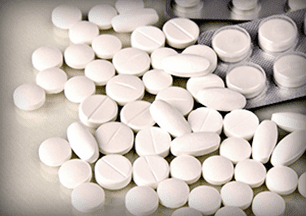A relaxed rule is good news for drug addiction facilities. Federal regulators are allowing more flexibility for physicians prescribing buprenorphine, a drug important in treating those with an opioid addiction. According to the American Medical Association, this move is an important one in a nation representing the consumption of 99 percent of the manufactured hydrocodone. The U.S. represents only 5 percent of the world’s population, yet consumes almost allof this addictive opioid drug. The trend has the clear markings of an epidemic. In the medical office, it’s still critical that physicians maintain vigilant oversight when prescribing painkillers. It’s also important that all medical staff receive the proper education to be able to spot doctor-shoppers. Pill mills exist in what appears to be medical environments with occupants getting rich off the weaknesses of others. The medical industry as a whole can benefit from industry-wide monitoring and controls, yet the full implementation of such a system across multiple states may still be years away. Fortunately, the Obama administration recognized the challenges restrictions on buprenorphine placed on physicians trying to help patients addicted to hydrocodone. Within specific guidelines, the drug can be dispensed as a take-home medicine without dictating the length of patient treatment. This increased flexibility will allow for greater application across a broader range of patients. There is still a risk of diversion and abuse of the treatment drug, although the risk is less when compared with other opioids. Focused control will be necessary, however, as any loophole in the system is easily exploited by those seeking the next fix or profit opportunity when selling prescription medications on the street.

